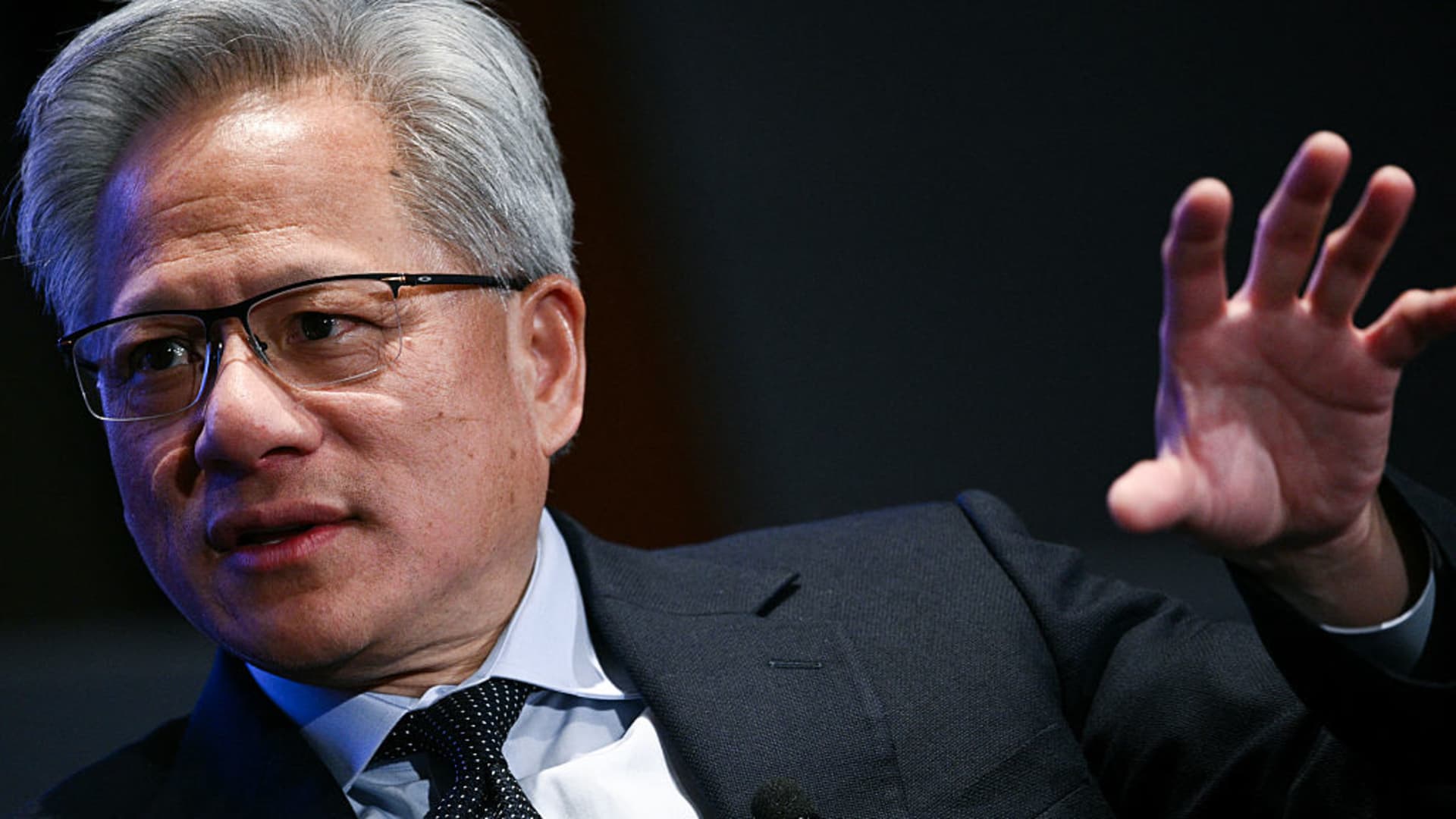Nvidia’s Strategic Challenges and Market Dynamics
A New Dawn in the AI Arena
Nvidia, a titan in the AI and semiconductor industries, stands at a pivotal moment. Under the leadership of CEO Jensen Huang, the company is charting a course through a landscape fraught with intense competition, regulatory obstacles, and geopolitical tensions. This report explores the complex challenges Nvidia faces, particularly the growing threat from Chinese firms, regulatory constraints, and the company’s strategic responses to these dynamics.
The Rise of Chinese Competition
Emerging Powerhouses: DeepSeek and Huawei
The global AI market is witnessing the ascent of new contenders, notably DeepSeek, a Chinese startup that has made significant waves with its advanced AI technology. The release of DeepSeek AI has led to a notable selloff in Nvidia shares, underscoring the burgeoning threat from Chinese competitors. DeepSeek’s innovations are challenging Nvidia’s long-held dominance, prompting the company to reevaluate its market strategies. Concurrently, Huawei, a tech behemoth, is making substantial strides in AI, further intensifying the competitive landscape.
Market Share and Revenue Shifts
Nvidia’s revenue from China has witnessed a significant decline, dropping to 16% of total sales in the fiscal 2024 year from 26% just two years prior. This downturn is largely attributable to U.S. export controls, which have curtailed Nvidia’s access to the Chinese market. The combined impact of regulatory constraints and the rise of domestic Chinese competitors poses a formidable threat to Nvidia’s market share and revenue streams.
Regulatory Hurdles and Geopolitical Tensions
The Double-Edged Sword of U.S. Export Controls
U.S. export controls have had a paradoxical effect on Nvidia. While these controls aim to limit Chinese access to advanced technologies, they also restrict Nvidia’s ability to tap into the lucrative Chinese market. The resulting drop in China revenue has compelled Nvidia to seek alternative markets and strategies, adding layers of complexity to its operations.
The Looming Threat of AI-Diffusion Rules
The potential implementation of ‘AI-diffusion’ rules could further complicate Nvidia’s operational landscape. These rules could restrict the company’s sales not only in China but also in other friendly countries, thereby opening doors for foreign rivals. As the regulatory environment continues to evolve, Nvidia must remain agile and adaptable to maintain its competitive edge.
Nvidia’s Strategic Responses
Embracing the AI Revolution
Jensen Huang has been a vocal advocate for embracing AI to avoid technological obsolescence. Nvidia continues to lead the AI computing market, reporting a record $130.5 billion in annual revenue, with data center earnings surging by 93%. Huang predicts that next-generation AI will demand 100 times more computing power, reinforcing the need for Nvidia’s advanced chips. The company is heavily investing in research and development to sustain its technological superiority.
Fortifying Competitive Advantage
At Nvidia’s annual shareholder meeting, Huang addressed the escalating competition, emphasizing the company’s leadership in the AI chip market. Despite the challenges, Nvidia aims to remain the benchmark for AI training chips. The company is exploring strategic partnerships and acquisitions to bolster its competitive position. For instance, Nvidia’s primary rival, AMD, has acquired an AI startup, highlighting the fierce competition in the market.
Diversifying Market Reach
Nvidia is expanding its horizons beyond China and the current regulatory challenges to focus on the next phase of AI. The company is diversifying its market reach, exploring opportunities in other regions, and investing in cutting-edge technologies. This strategy aims to mitigate the impact of regulatory hurdles and competition, ensuring sustained growth and market leadership.
Conclusion
Charting a Course Through Turbulent Waters
Nvidia’s journey is marked by significant challenges, from the rise of Chinese competitors to regulatory constraints and geopolitical tensions. However, the company’s strategic responses, including a focus on AI, innovation, and market diversification, position it for continued success. As Jensen Huang navigates Nvidia through these turbulent waters, the company’s resilience and adaptability will be crucial in maintaining its market dominance and shaping the future of AI. The path ahead is uncertain, but Nvidia’s proactive approach and visionary leadership offer a beacon of hope in an ever-evolving technological landscape.








